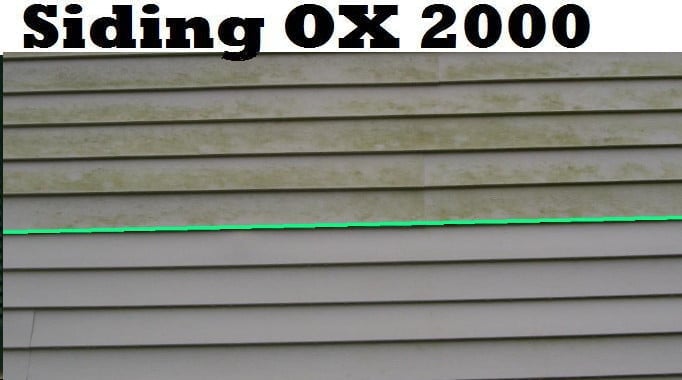It goes all the way up to my second story windows and is even under my soffit and on my gutters.
Black spot spors on siding.
What is artillery fungus.
In nature the artillery fungus shoots its spores towards sunlight.
It s on the porch my windows but it is worse on the siding.
By the growth pattern we think this is almost certainly a dark colored algae.
A microscopy lab examination of a sample from this surface would be needed to know for sure.
Artillery fungus is a wood dwelling fungus commonly found in mulch.
Shotgun fungus can shoot black spots on your house here s how to avoid the mess if you re seeing dark specks on your siding the culprit could be hiding in your mulch.
Small black spots on siding.
Bet your boat will have spots too if you have one.
The lady called us out in a job today to have us take big poop off her siding.
You have the infamous artillery fungus.
Are those spots alive.
The black stains on the vinyl siding shown at left may be a fungus or a black agae.
How to clean fly poop or possible artillery fungus stains.
If you notice lots of tiny black or dark brown spots developing on your siding above a landscaped area of your yard as seen below it is most likely artillery otherwise known as shotgun fungus.
But testing is probably not justified.
Black spots on siding.
In the absence of direct sunlight it shoots the spores at highly reflective surfaces such as white house siding.
We have these small black spots that look like specks of tar all over our white vinyl siding of our house.
The dark spots are indeed spores but they do not come from your oak trees.
These spots are often caused by spiders especially true when you re near water.
Use these simple landscaping tips to prevent this from happening.
Those annoying black spots that creep up your siding or splash along the side of your car may not be mud spatters but artillery fungus.
The black tar like spots that are all over your vinyl siding are more than likely a fungus called sphaerobolus stellatus better known as artillery or shotgun fungus.
All of these fungi are involved in the natural decomposition of wood based mulches.
Although it s most often found on the east coast it can grow anywhere and especially thrives in areas that have cool damp springs or rainy fall weather conditions.

